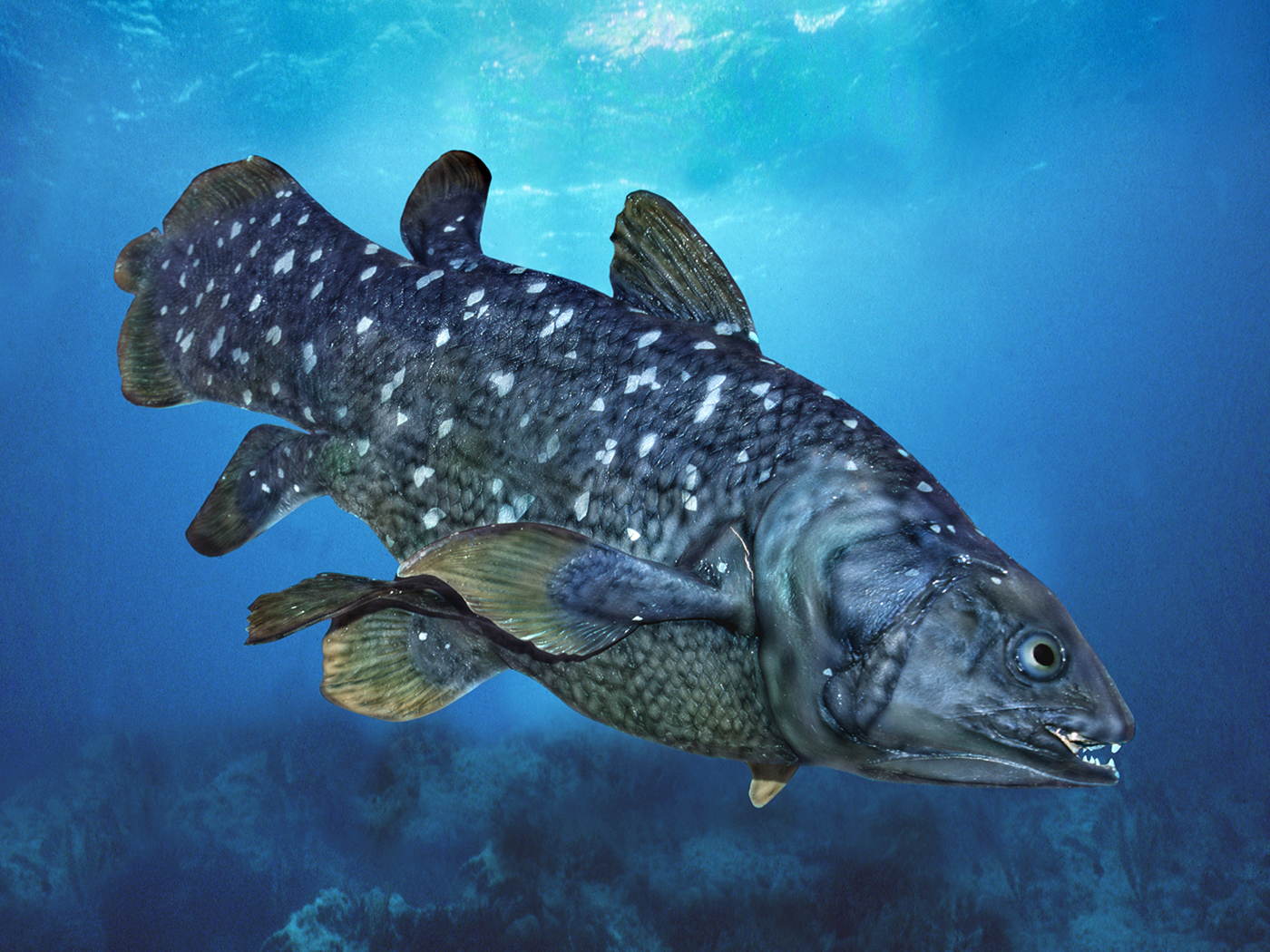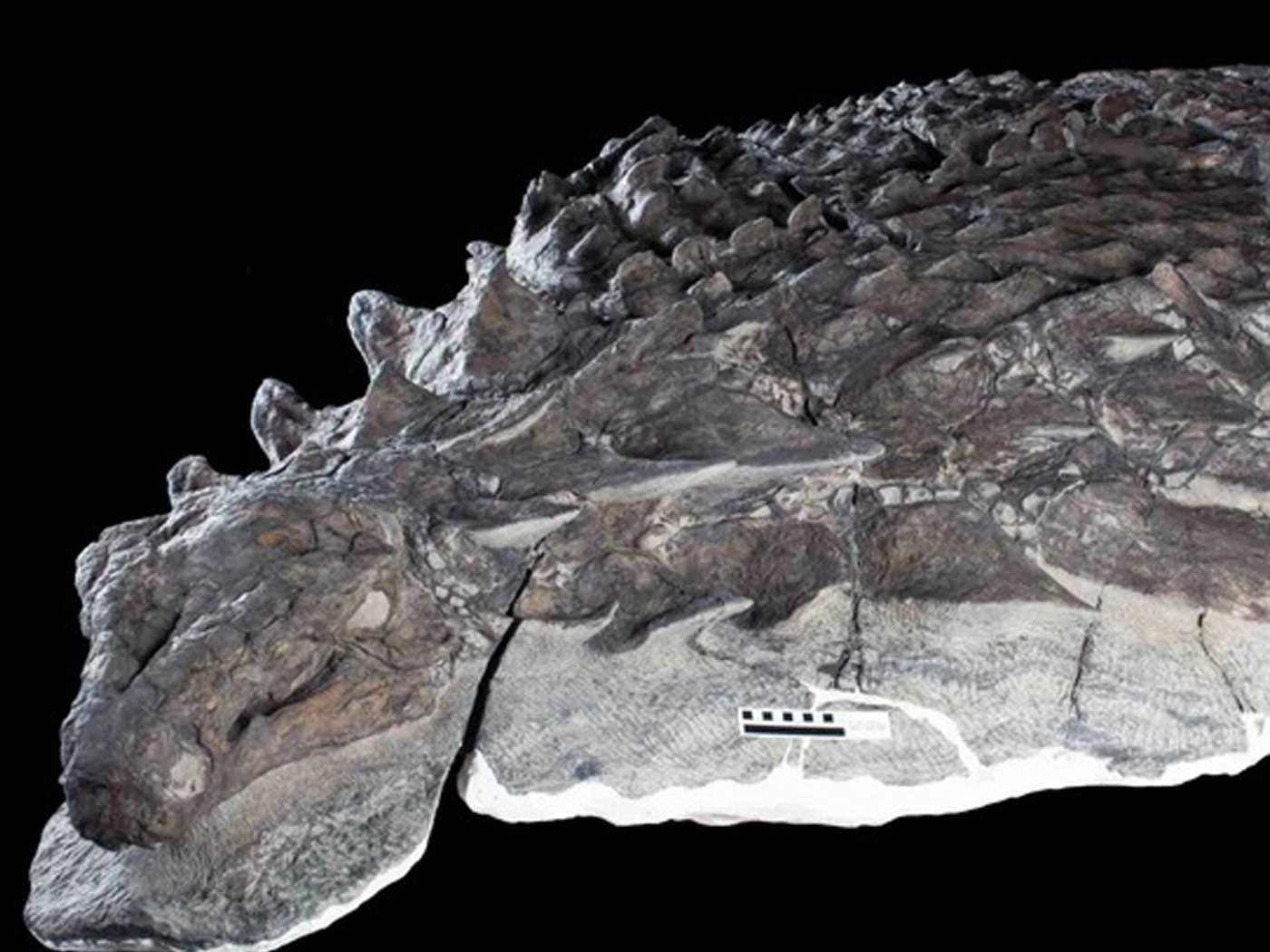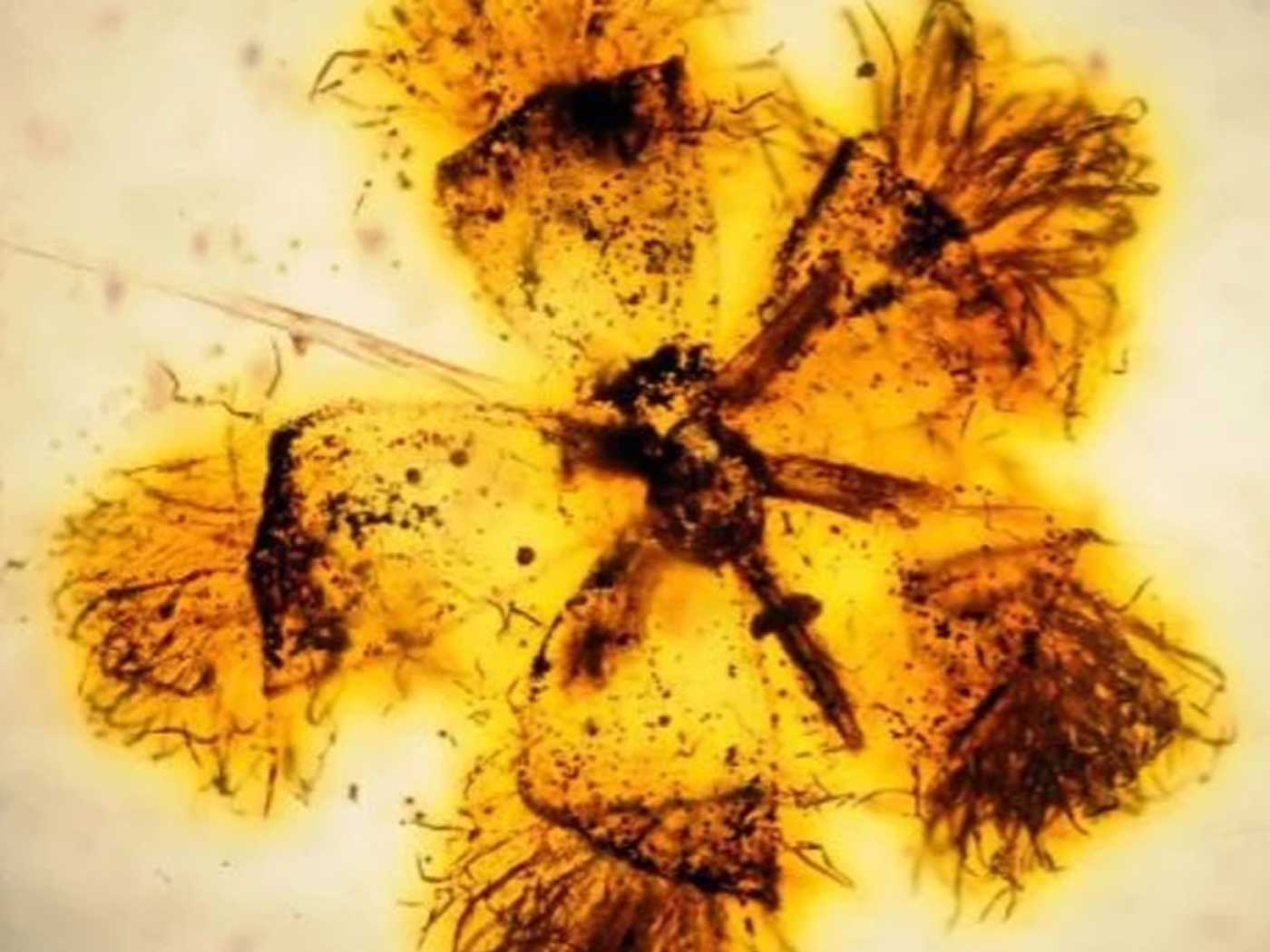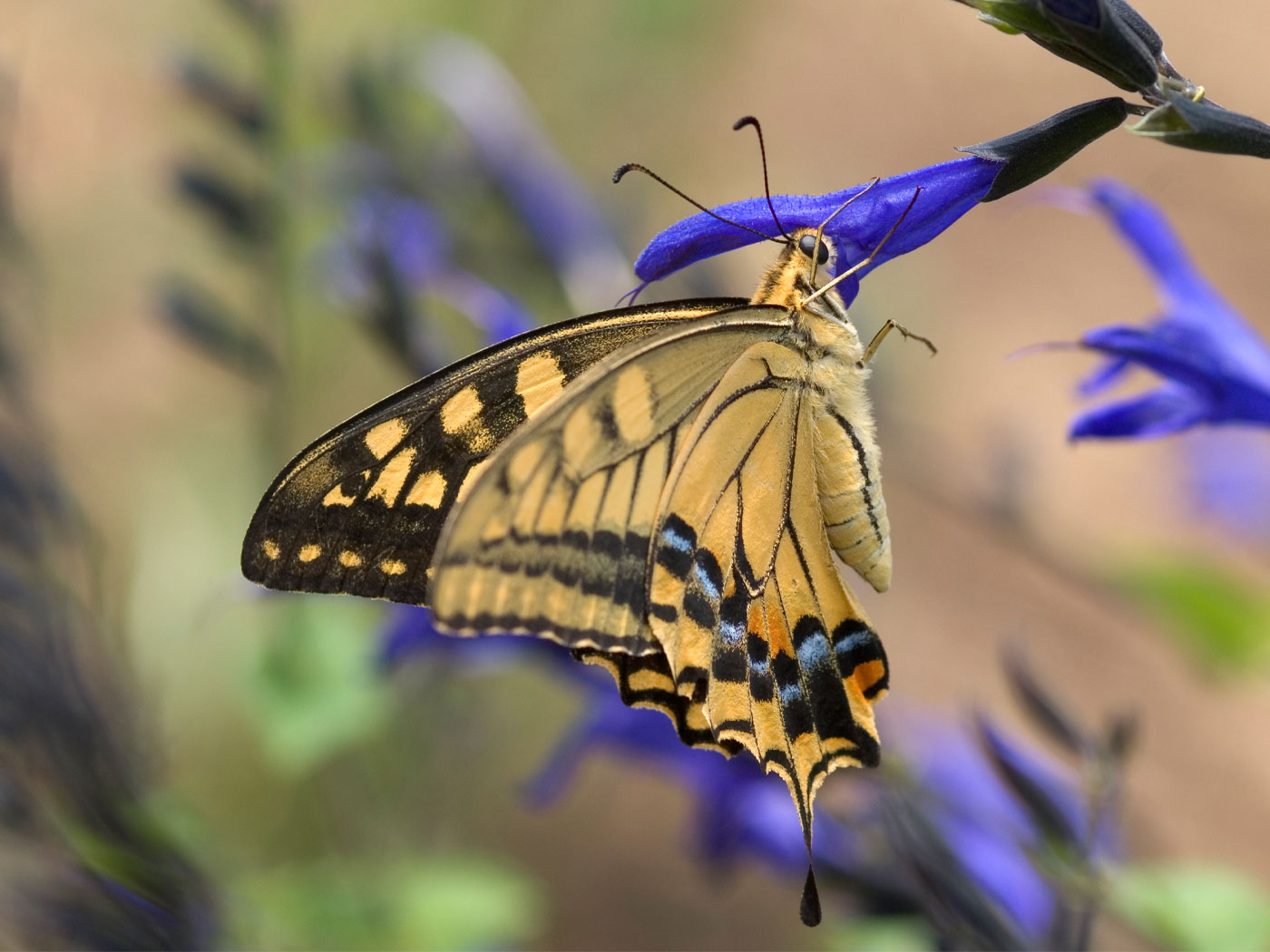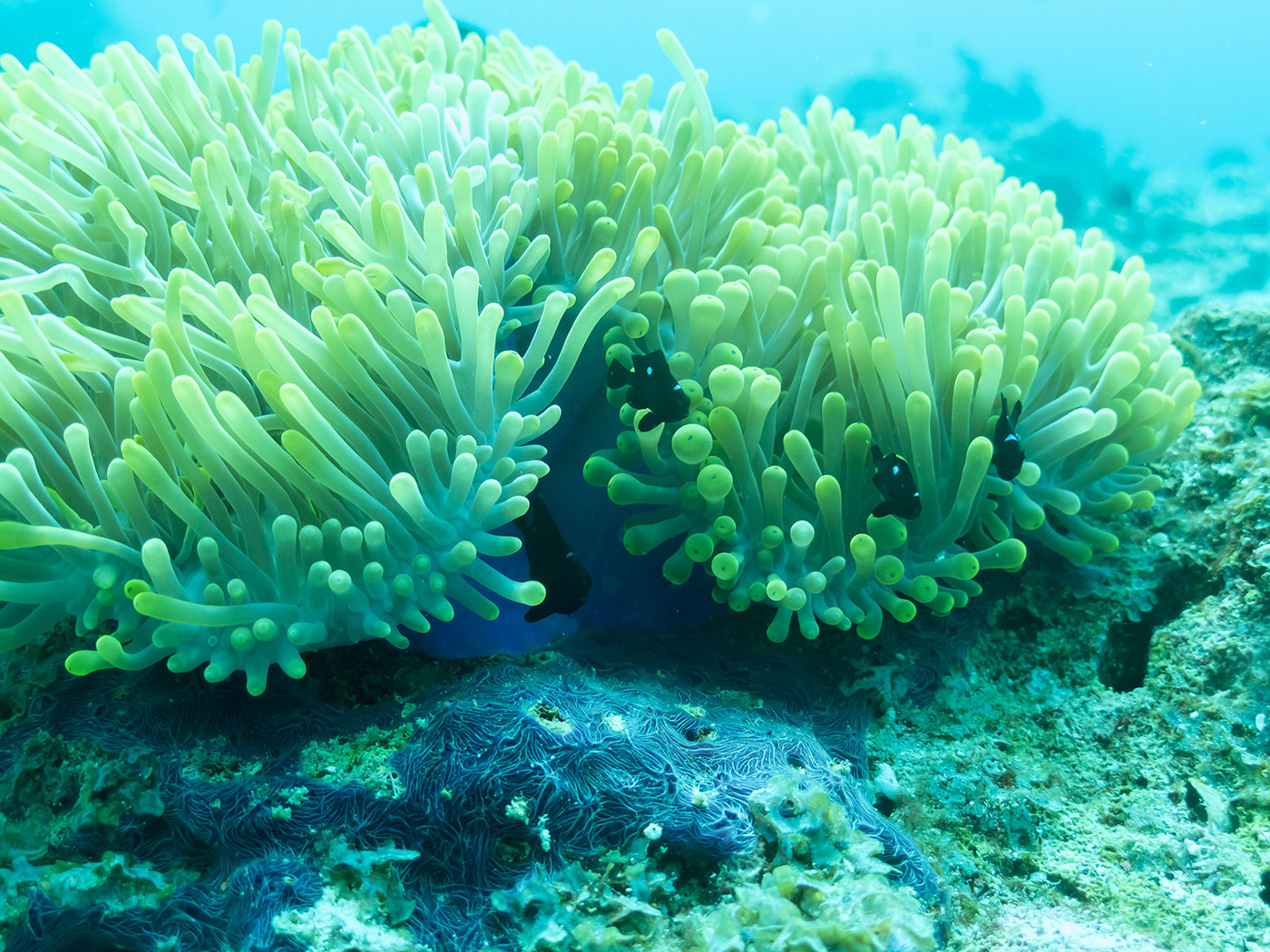Analysis of an unusual Brazilian fossil has led U.S. researchers to link microscopic fossil features to bird feather colors. The fossil has dramatic black and white banding patterns that have been interpreted as post-fossilization bacterial activity. However, there are structures in the rock in which it was found that are the same size and shape as cells from living dark feathers. Scientists hope to eventually be able to infer plumage colors from extinct fossilized birds.
Bird feathers are made of a central shaft called a rachis, from which extend thin barbs. The barbs are comprised of cells, and dark feathers have basal pigment cells called melanosomes.1 These cells contain mostly melanin, a common colorizing chemical in bird feathers. The report on the Brazilian fossil study, published in Biology Letters, stated, “Comparison of these oblate fossil bodies with the structure of black feathers from a living bird indicates that they are the eumelanin-containing melanosomes.”2 Not only does this fossil contain the structure and shape of delicate cells, it also displays carbon-rich stripes corresponding to the preserved melanosomes.
”But then how do you square that with the well-known fact that the majority of organic molecules decay in thousands of years?”3 asked Mike Benton of the University of Bristol in a BBC news article. “Somehow [the melanosomes] are retained and replaced during the preservation process and hence you preserve a very life like representation of the colour banding [in the fossils].”
The word to note here is “somehow.” Evolutionary theory doesn’t offer an explanation for this kind of fossilization.
Other lingering questions include: how did birds get trapped in sediments in the first place, and how did the microscopic structures become fossilized before bacteria decomposed them?
The standard method of geological interpretation is uniformitarianism—i.e., the present is the key to the past. But birds are not currently being fossilized, and certainly not with such exquisite preservation as the Brazil fossil demonstrates.
The Bible provides a clear context for answers to these questions. An event that could account for such rapid burial and fossilization before decay is the worldwide, massive, catastrophic Flood of Noah’s age, attested to by the rock record, the Bible,4 and in myriad flood legends worldwide.5 Scientific investigation continues to support the biblical account.
References
- Terres, J. K. 1980. The Audobon Society Encyclopedia of North American Birds. New York: Knopf, 98.
- Vinther, J. et al. The colour of fossil feathers. Biology Letters. Posted online July 8, 2008, accessed July 15, 2008.
- Fossil feathers reveal their hues. BBC News. Posted online July 8, 2008, accessed July 14, 2008.
- Genesis 7:19.
- Hoesch, W. 2008. The Hualapai and the Flood. Acts & Facts. 37 (1): 16.
* Mr. Thomas is Science Writer.
Article posted on July 21, 2008.





